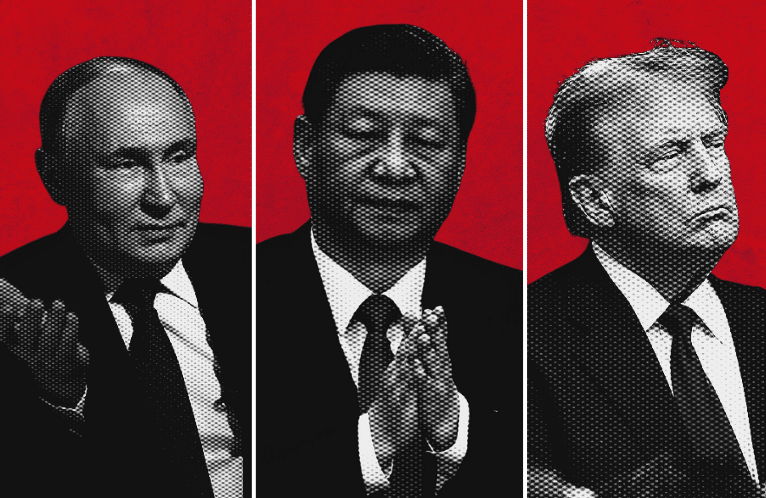What Do Hillary Clinton’s Emails Reveal About Her Asia Policy?
What can we learn about Hillary Clinton’s past and potential future strategy in the Asia-Pacific from the emails sent during her tenure as Secretary of State? The emails give us a glimpse into some of the turbulent and controversial issues she tackled, be it her own or in the region. Of course, the potentially explosive emails are redacted so we do not necessarily find juicy details like we do with leaked cables, but we can see the finer nuances which go into her Asia strategy itself.
A preliminary scan across the 30,322 emails and attachments from June 2010 to August 2014, released by the State Department, show that approximately 5,000 emails revolve around the subject of the Asia-Pacific. Of course, deeper analysis will reveal many more. Of these emails it is of no surprise that China topped the list, accounting for over one-fifth. That said, the numbers alone could be concerning. Should Asia’s significance have warranted greater email attention than 16 percent of her messages? For whoever becomes the new U.S. president and secretary of state and thus inherits Clinton’s legacy in Asia, the email trail provides insights into what is required to form strategy and how she herself did so.
Speaking to her potential future strategy, we can expect some degree of predictably due to her tenure as secretary of state. This is in and of itself is not a bad thing for the uncertain times that are ahead in the region, as it makes Clinton’s strategy for Asia less of a gamble. She is certainly well-versed in the art of negotiation. Consider, for example, certain emails that show us the preparations for her diplomatic dealings, as well as the to-and-fro of when to or not to open dialogue, or when to conduct a classic pull-aside. This speaks to nuances of diplomatic tact, and in conjunction with her reading list, is a good sign for acting strategically in the region.
Yet what about advances in conducting diplomacy itself? We know that she was a backer of the utility of the new digital tools of public diplomacy, including “twiplomacy,” in Asia. Moreover, the strategic issues that came into her inbox were not always traditional matters, as we can that her strategy included matters of gender equality and climate change too.
Above all, the emails reaffirm that keeping up to date is the key to an effective strategy in Asia. Emails detailing China’s actions, from strategic relations, business dealings, innovations, and of course human rights, were commonplace in her inbox. Also commonplace were updates on the key happenings for the rest of Asia: nuclear developments in North Korea, the impacts of the 3/11 crisis in Japan, the real on goings at the Shangri-La dialogue, what other foreign ministers thought, and even what her predecessors were doing in Asia. It would be fair to say nothing of significance escaped her, even where the best shopping was to be done.
How did Clinton keep informed on strategic developments in Asia? Her sources included the latest strategic appraisals from Joseph Nye, her peers’ thoughts of evolving situations, and of course expert White House thinking. From her email, it also appears that articles from the Wall Street Journal and the Economist were common sources.
However, what is interesting is what is absent: non-occidental analysis of the region didn’t seem to make it to her inbox. This could indicate that Clinton was not as concerned with analysis from Asian counterparts, which were not among her preferred reading sources. It serves as a reminder to future officials: leadership in the region requires connecting with Asian strategic thinking, not just your own.
When we go through her emails, we can see that Clinton’s strategy in Asia had a common thread: a broader U.S. national interest, one that was formed beyond her, yet when executed had her stamp on it. There appears to be no cult of personality as with some foreign affairs elites and that could speak to the durability of U.S. strategy in the region, signaling depth in U.S. foreign policy.
What is also clear about Clinton’s strategy was that progress was actively pursued and monitored. We can see the chatter about U.S. support for Japan’s bid to the Security Council, the imperative for the United States to be by the side of their allies during testing times, and even the thickening and interconnection of ties between the hub and spokes. This goes counter to the critics of the U.S. pivot. That said, it does not indemnify the fact that Clinton’s tenure will perhaps be most remembered for her work outside of Asia and not her Asia strategy itself.
By GARY LEIGH May 9, 2016 on The Diplomat
Read more here








